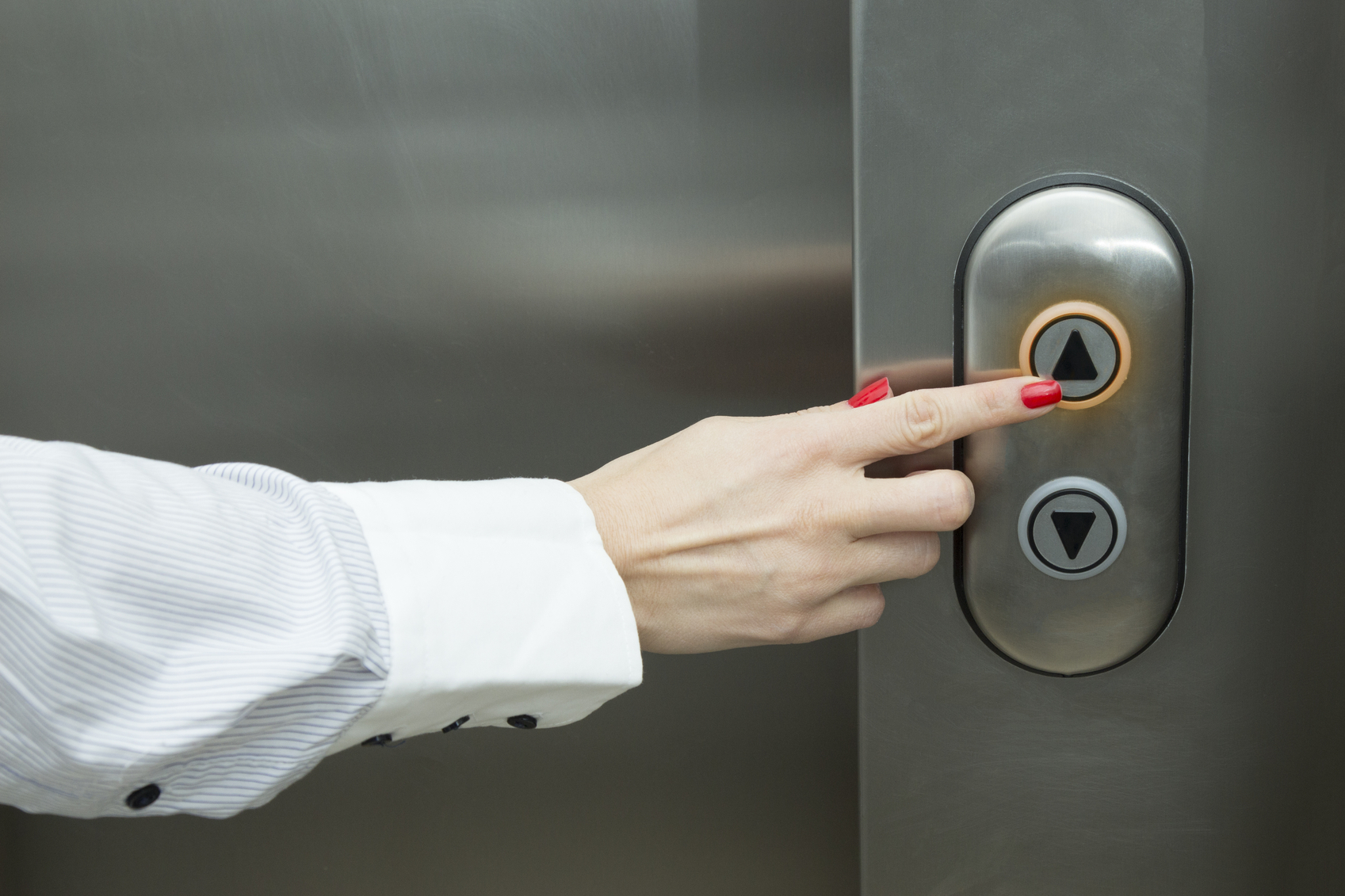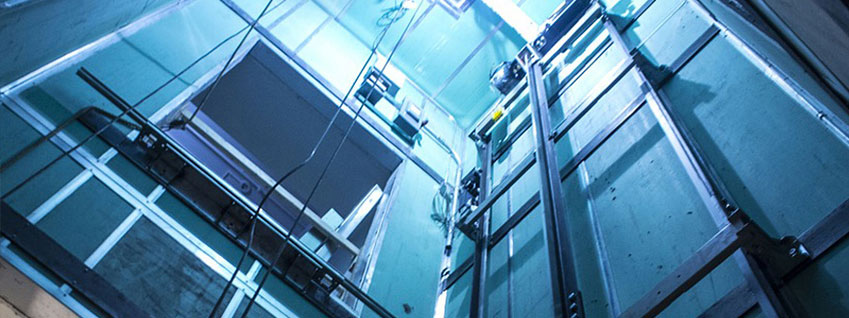Top Lift Companies in London: Offering Top Quality Installations and Upkeep
Top Lift Companies in London: Offering Top Quality Installations and Upkeep
Blog Article
Exploring the Globe of Lifts: Common Concerns Encountered by Different Lift Mechanisms
As we navigate with the vertical transport systems of modern structures, lifts stand out as an important component of our everyday lives. From hydraulic elevators to traction systems and machine-room-less layouts, each lift type comes with its set of usual issues.
Hydraulic Elevators
Hydraulic lifts, typically favored for low-rise buildings, utilize fluid pressure to regulate the movement of the elevator cars and truck (lift repair companies). This device involves a hydraulic pump pressing oil right into a cyndrical tube, causing the elevator to relocate in the wanted direction. While hydraulic elevators are understood for their quiet and smooth operation, they do include their very own collection of usual issues
One prevalent problem with hydraulic lifts is oil leak. In addition, concerns with the control system, such as malfunctioning shutoffs or a malfunctioning pump, can trigger interruptions in the elevator's movement.
Normal upkeep and timely repair services are important to make sure the smooth performance of hydraulic elevators. By dealing with these common concerns proactively, structure proprietors can reduce downtime and guarantee the security and efficiency of their vertical transportation system.
Grip Lifts
When thinking about vertical transportation systems in buildings, another common type other than hydraulic elevators is the grip lift. Traction elevators operate making use of a system of ropes and weights that move the lift cars and truck by clutching onto the hoist ropes. This device enables smoother and faster vertical transportation compared to hydraulic systems.
One of the typical problems faced by traction elevators is rope wear. The constant movement of the ropes within the grip system can lead to tear and wear over time, possibly triggering the lift to malfunction or end up being risky for use. Normal inspections and upkeep of the ropes are important to make sure the lift's correct performance and security.
Another concern that traction elevators might come across is associated with the control system. Issues with the control system can lead to problems such as erratic motion, hold-ups in response times, or also complete shutdowns. Routine screening and maintenance of the control system are critical to stop such concerns and ensure the elevator's integrity.
Machine-Room-Less (MRL) Elevators

One of the crucial parts of MRL elevators is the compact gearless traction device that is mounted within the hoistway. This equipment efficiently drives the elevator cars and truck without the demand london lift company for cumbersome devices found in typical traction lifts. Furthermore, MRL elevators commonly utilize a counterweight system to stabilize the vehicle, more improving their energy effectiveness.
Despite their benefits, MRL lifts may deal with obstacles associated to repair and maintenance because of the constrained space for devices installment. Accessibility for servicing elements within the shaft can be restricted, calling for specialized training for specialists. Appropriate upkeep timetables and regular evaluations are critical to ensure the continued smooth procedure of MRL lifts.
Overloading and Weight Restriction Issues
Are elevators geared up to manage excess weight tons successfully and securely? Straining and weight limit issues are vital worries in lift procedures. Lift suppliers layout raises with specific weight capacities to guarantee traveler safety and security and devices durability. Surpassing these weight limitations can cause numerous issues, consisting of mechanical failures, delays, and security risks.
When lifts are overwhelmed, it puts excessive strain on the electric motor, wires, and various other elements, potentially causing breakdowns or failures. Safety devices such as sensing units and overload sensors remain in location to stop elevators from relocating if they find excess weight. Furthermore, exceeding weight restrictions can cause enhanced power intake and deterioration on the elevator system.
To minimize overwhelming problems, constructing supervisors should plainly display weight restrictions in elevators and enlighten passengers on the significance of sticking to these restrictions - lift repair companies. Normal maintenance checks by certified specialists can also assist ensure that lifts are operating within secure weight parameters. By dealing with overloading and weight restriction problems proactively, structure owners we maintain lifts can enhance elevator safety and security and effectiveness
Electric System Failings
Surpassing weight limits in lifts can not only bring about mechanical issues yet also possibly add to electrical system failings within the lift facilities. Electrical system failures are a critical worry in lift operation, as they can create unforeseen closures, malfunctions, or even safety dangers. One common electrical problem is the getting too hot london lift company of elements because of too much current circulation triggered by straining the elevator past its capacity. This can cause harm to the control, wiring, or motor systems, resulting in expensive repair services and downtime.
Additionally, power surges or changes in the electrical supply can also disrupt the elevator's operation, affecting its efficiency and safety and security. These electric disruptions can harm delicate elevator elements such as control panels, circuit card, or sensors, causing system failings. Regular upkeep and inspections are crucial to identify and address possible electric problems quickly, ensuring the safe and efficient operation of elevator systems. By sticking to weight restrictions and performing regular electric system checks, structure proprietors can reduce the danger of electrical failures in lifts.
Verdict

Hydraulic elevators, usually liked for low-rise buildings, make use of fluid pressure to regulate the motion of the lift cars and truck.When thinking about upright transportation systems in buildings, one more common kind aside from hydraulic lifts is the grip elevator. Grip elevators operate making use of a system of ropes and counterweights that relocate the lift vehicle by gripping onto the hoist ropes. Unlike traditional lifts that need a separate maker area to house the devices, MRL lifts integrate many of the parts within the shaft, getting rid of the demand for a devoted equipment room.In final thought, lifts face usual issues such as hydraulic malfunctions, grip system failures, and electrical system troubles.
Report this page